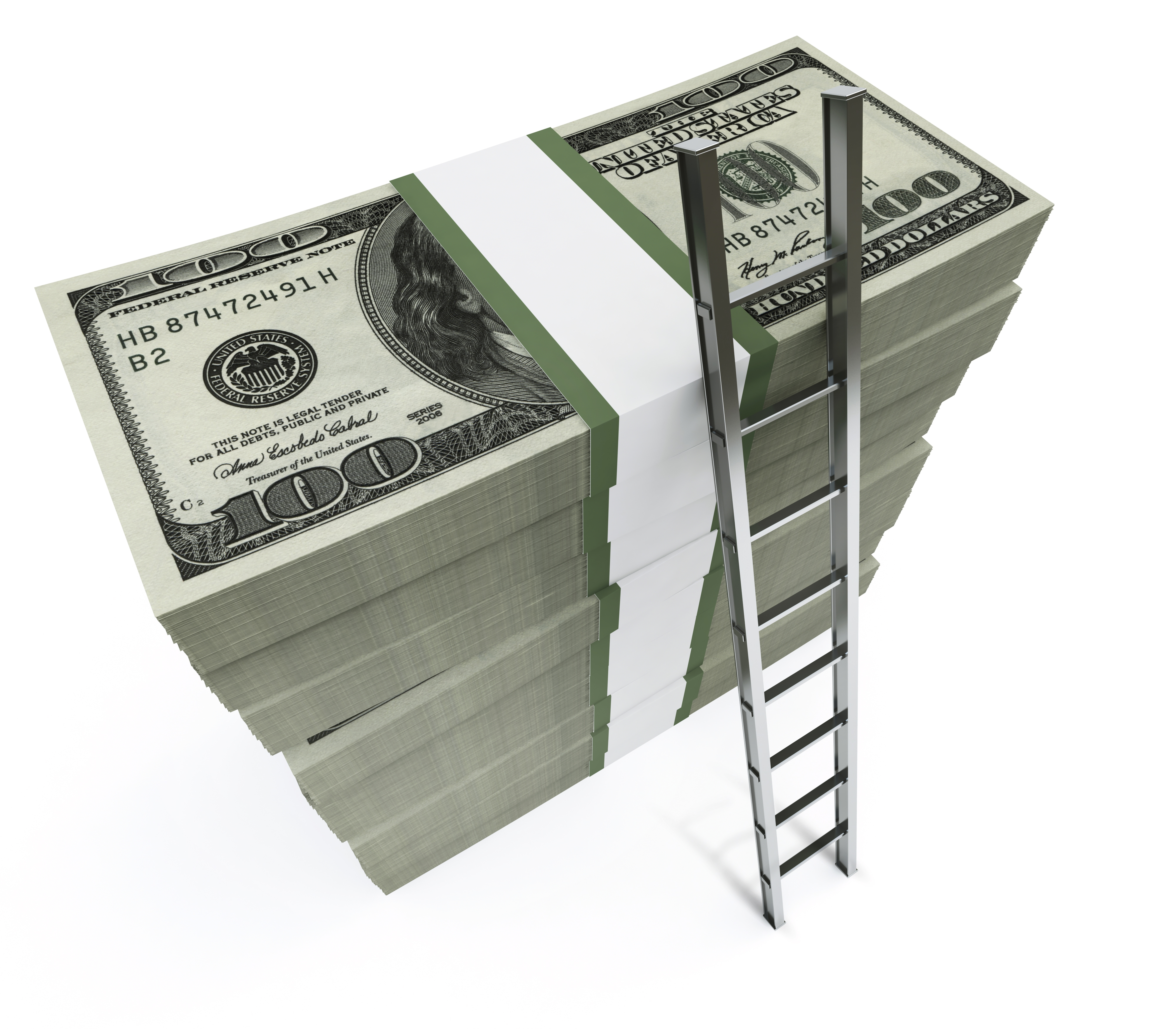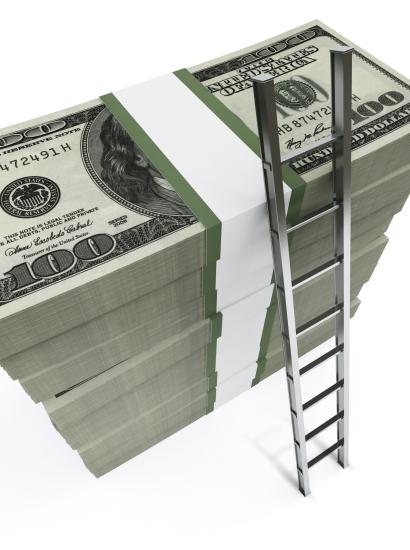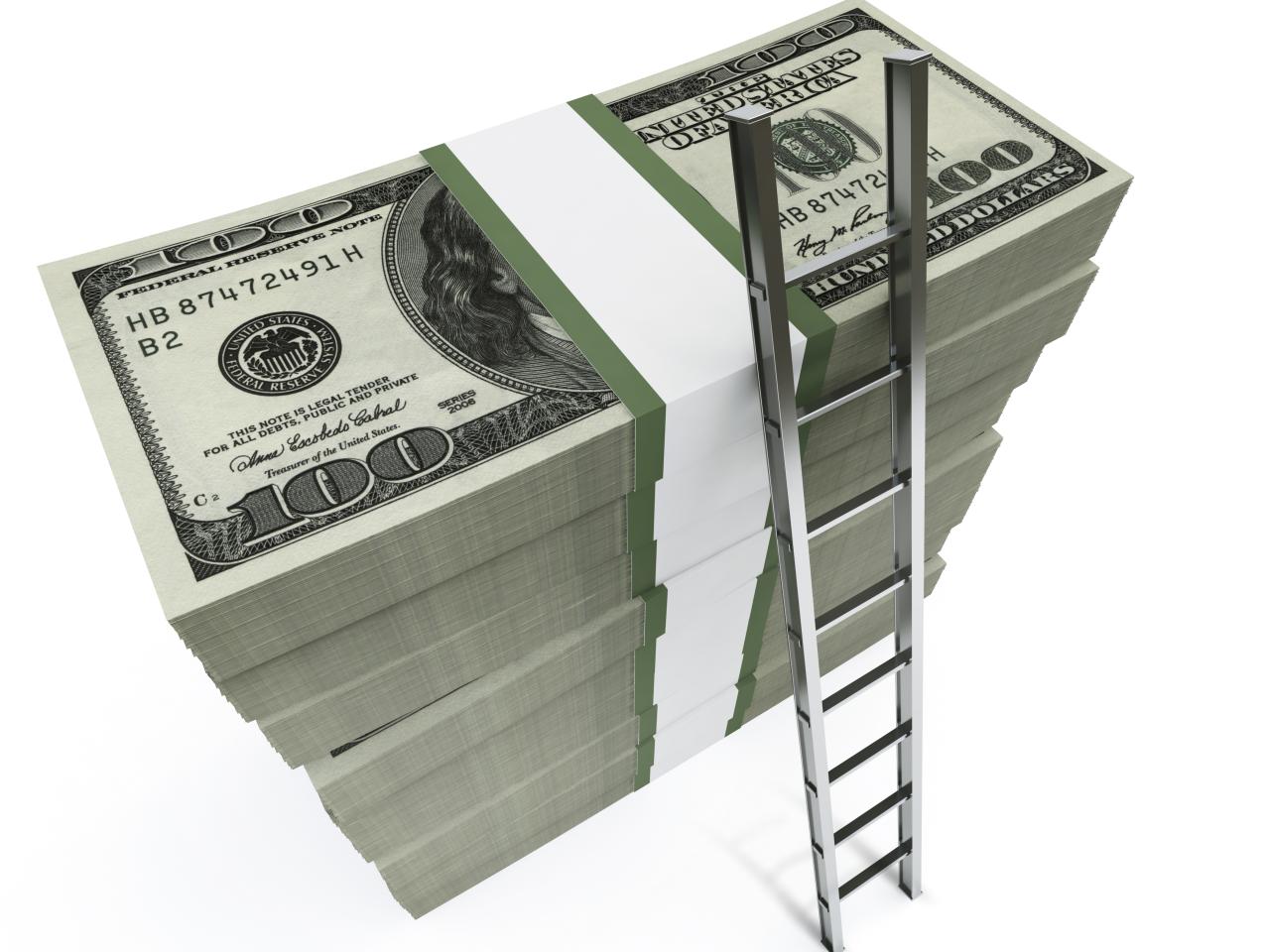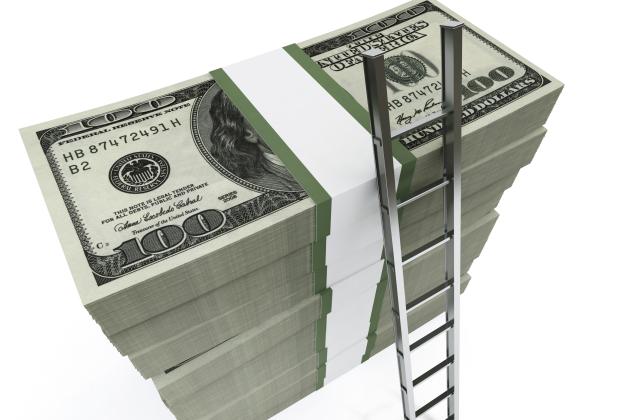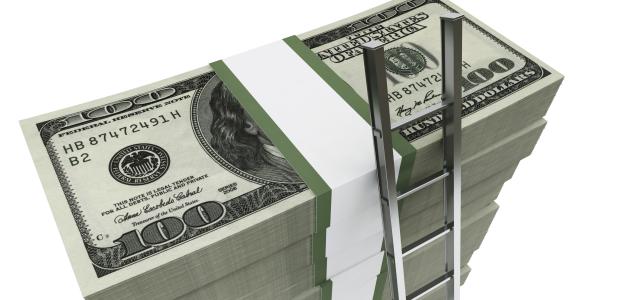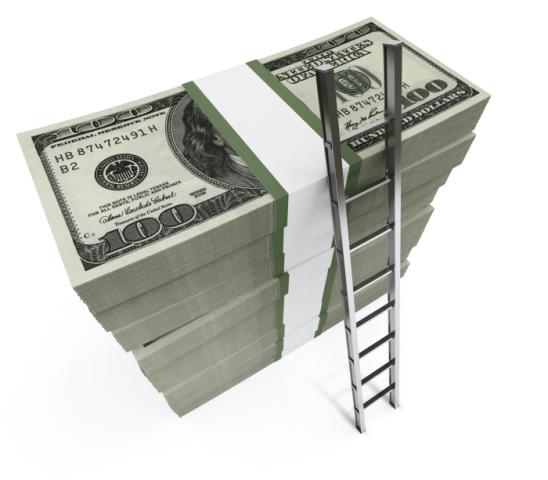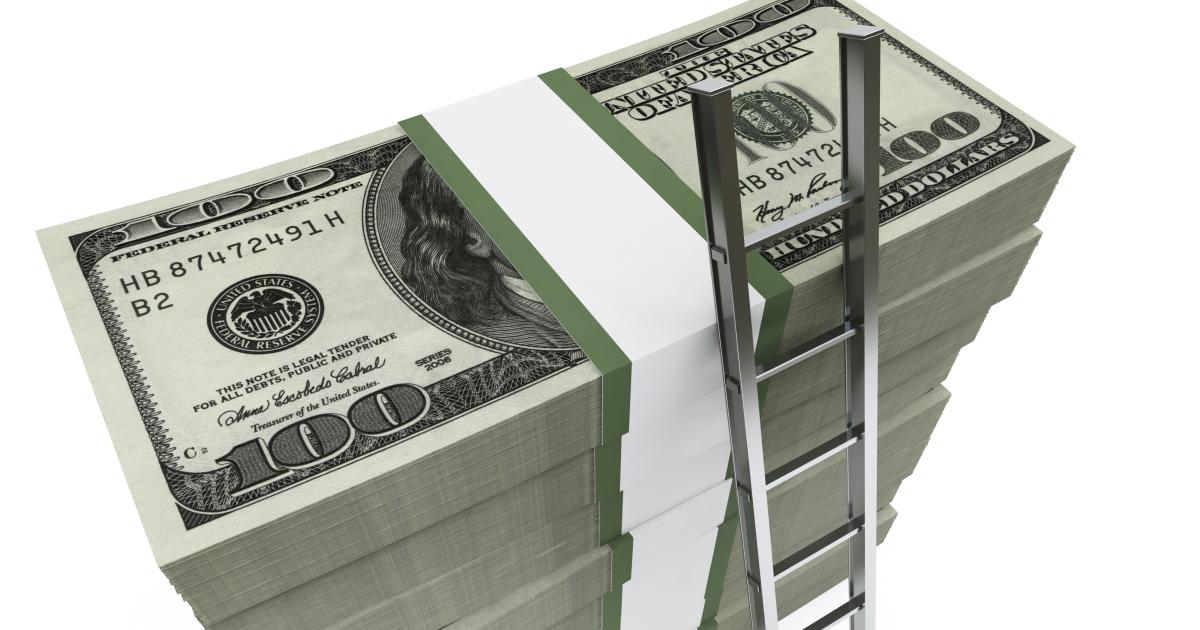- Economics
- US Labor Market
- Law & Policy
- Regulation & Property Rights
As in 1996, when we last saw an increase in the federal minimum wage from $4.25 to $5.15 an hour, political pressure is once again building to raise it by another $1. What accounts for the popularity in the minimum wage? Two beliefs! First, that raising the minimum wage is an effective antipoverty program and, second, that the minimum wage imposes little social cost. Anyone holding either view should acquaint themselves with the facts.
When considering the first belief, understand that most low-wage workers are not in poor families and that the bulk of the increased earnings attributable to raising the minimum wage does not accrue to low-income families. According to a variety of professional studies, only about one in four low-wage workers resides in families in the bottom 20 percent of the income distribution, and fewer than $1 in $5 of the additional earnings goes to families who rely on low-wage compensation as their primary source of income. Moreover, as a pretax increase, many of the additional earnings are taxed away as Social Security contributions or as state and federal income taxes.
This brings us to the second common belief: Minimum wage hikes are manna from heaven–wages will rise and no one will bear the cost. This, of course, cannot be true. No one argues that artificially raising wages makes the economy more productive and actually boosts total national income. So the logic is inescapable. If low-wage workers receive more income after a minimum wage hike, someone must be paying for it.
When pressed, most minimum wage advocates suggest that "slight" price increases will be the primary source for paying for legislated wage increases. They heartily reject the view that low-wage workers will pay much directly through job loss or lowered employee benefits. An alternative is that firms will pay for those wage increases through lower profits, but it is unlikely that firms would bear significant profit losses without eliminating jobs. In relying on higher prices for covering mandated increases in wages, job loss can be kept to a minimum.
But then the question becomes, Who pays the higher prices to cover costs? A comprehensive analysis of the 1996 federal hike in the minimum wage estimates that prices rose on a broad range of commodities to fund this increase and that families of all income groups purchase these goods. Families in the lowest 20 percent of the income distribution pay annually an average of $61 in higher commodity costs, whereas families in the highest 20 percent pay only $150 more. The implied coverage of costs is at least as regressive as a conventional sales tax. Moreover, nearly 75 percent of poor families receive no additional earnings, but all paid higher costs following the minimum wage.
In fact, then, increasing the minimum wage amounts to a policy that artificially raises prices in an income-regressive manner, using the proceeds to pay higher earnings to workers in one in four families selected irrespective of their income. One wonders why such a policy enjoys the popularity it does.







